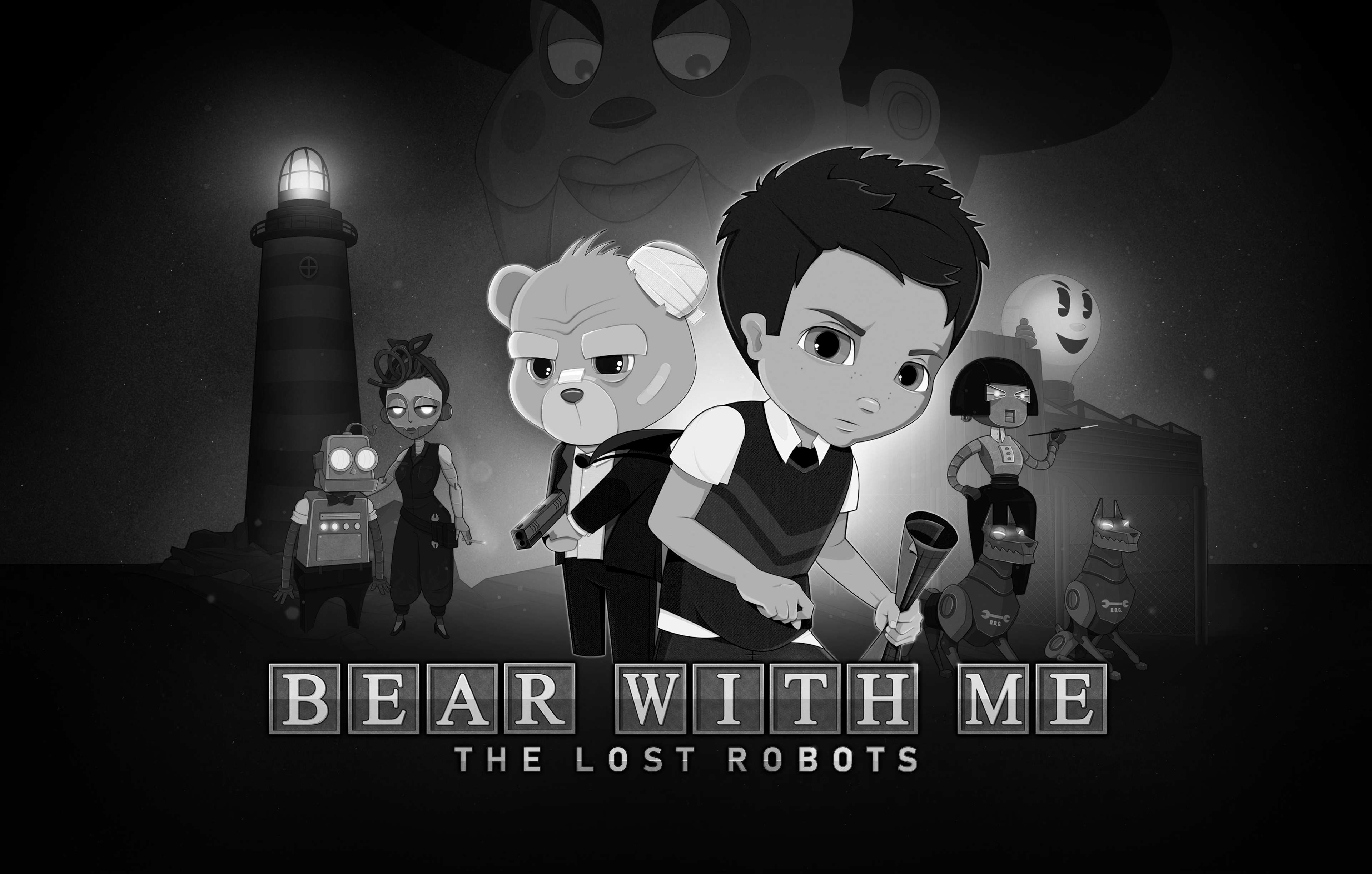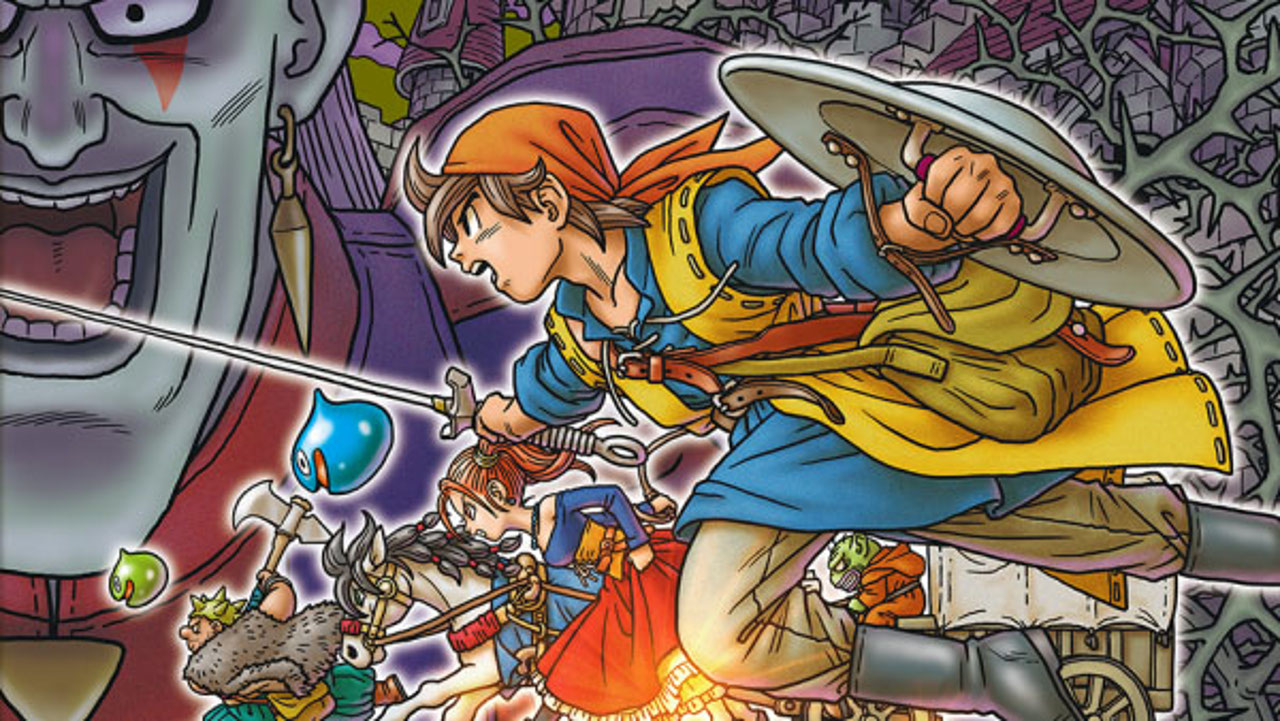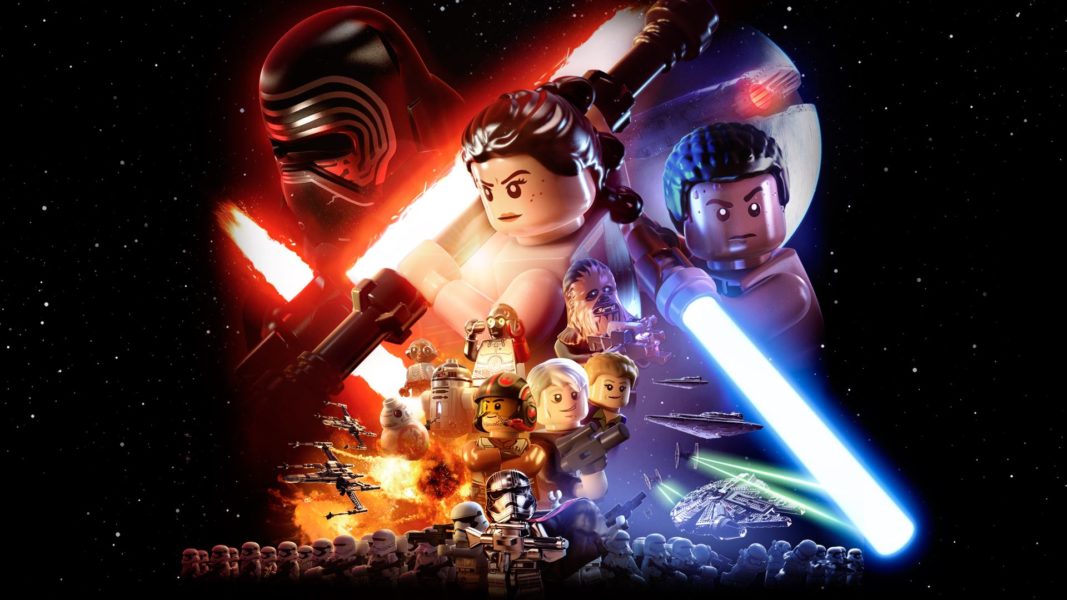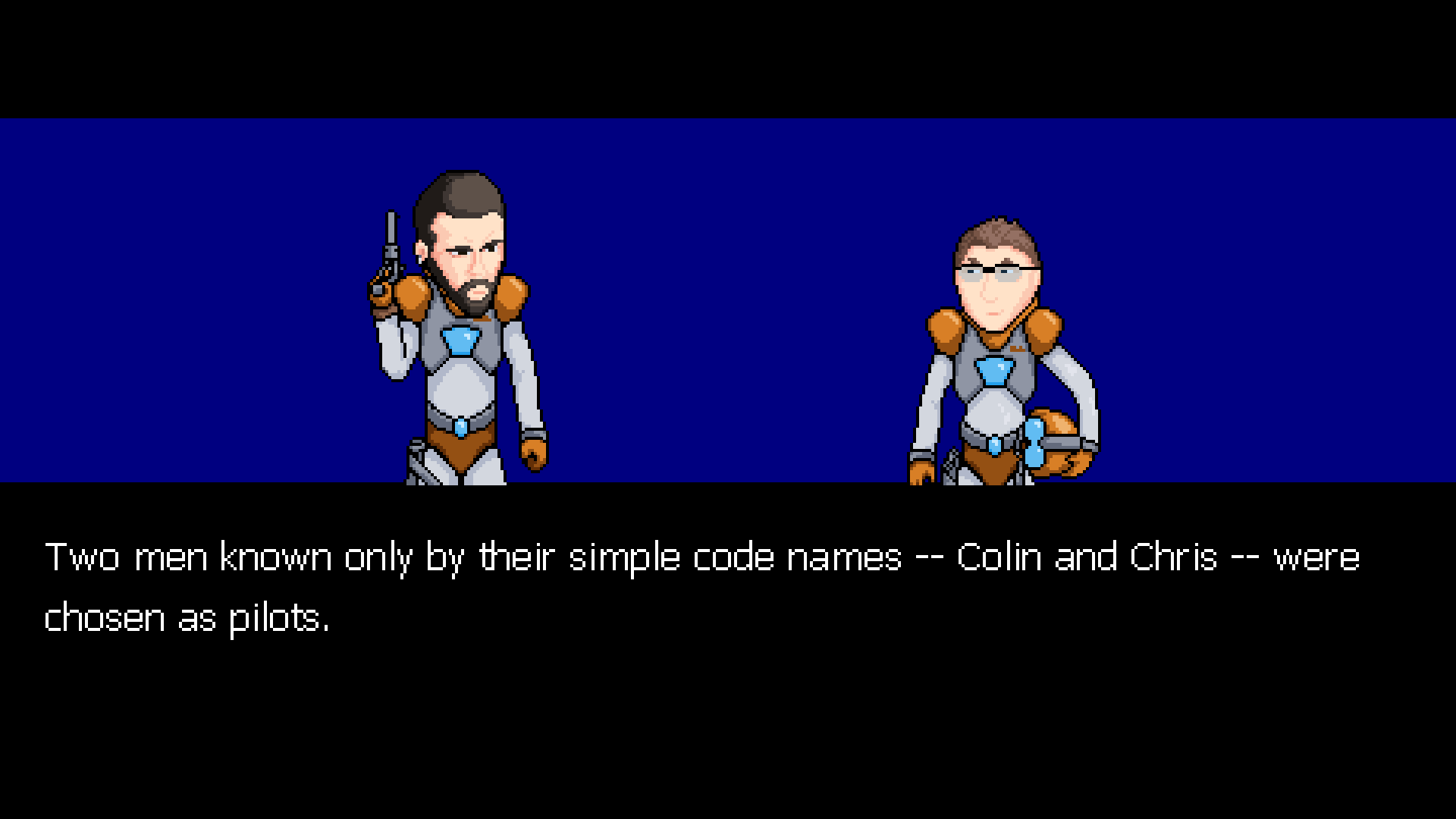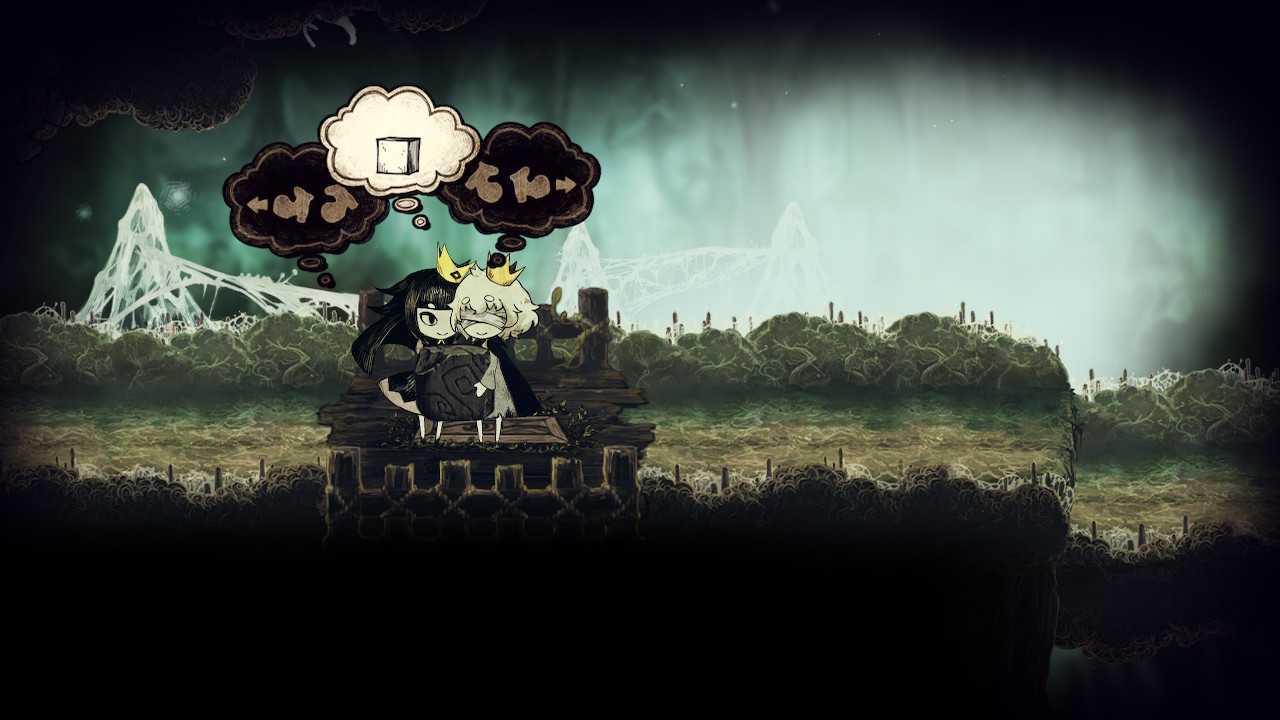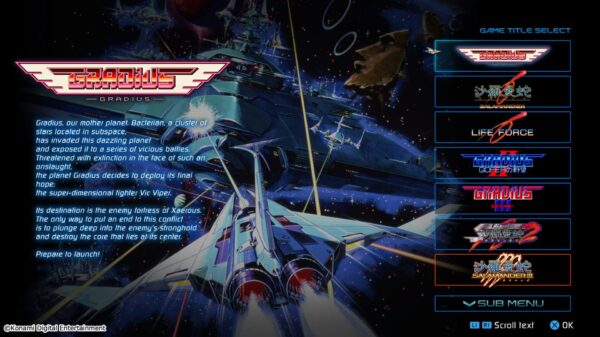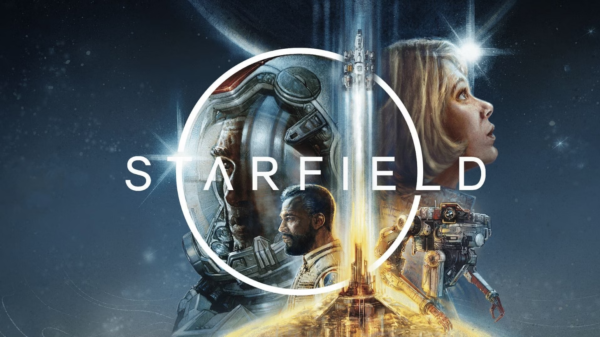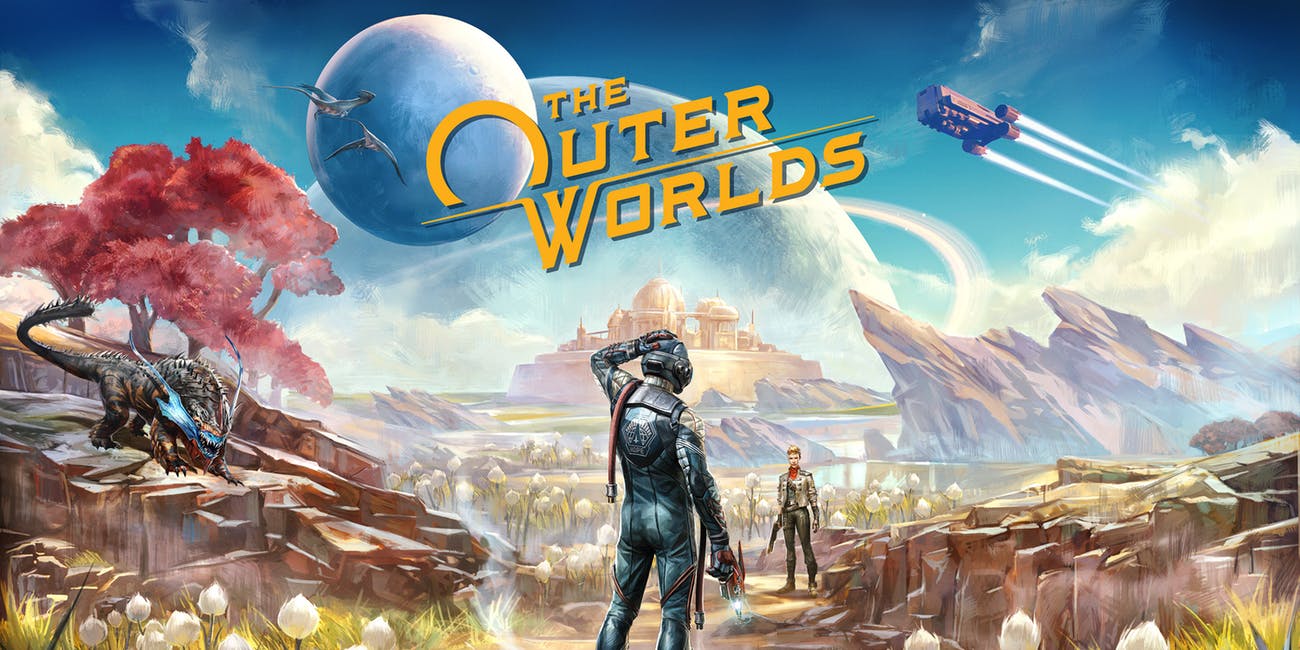During The Game Awards, MonsterVine got a hands-on preview of Annapurna’s upcoming game, Faraway, where players control an asteroid traveling through space with the task of surviving for as long as possible. In addition to playing the game, we were also able to speak to Steph Thirion, the creator of Faraway, who shared more insight into the creative process of making the game.
One of the first things players will notice about Faraway is that the controls are fairly straightforward, as there is only one button that players need to press. Thirion explained that using only one button was by design because they wanted to make a game that would be easy for anyone to pick up and understand. While developing Faraway, Thirion took a lot of inspiration from Tetris because it has a simple concept that most people can understand and a level of complexity for those looking for a challenge in the latter half of the game.

As previously stated, Faraway has one button players press throughout the game. Users will fly towards whatever star is near them whenever the action button is pressed. The game’s challenge comes when you try to reach a specific path. Since players are in space, they’ll need to calculate how close they are to other stars because if the action button is pressed too fast, they’ll sling across the area or begin doing space donuts.
Like most of us were taught in grade school, objects in motion stay in motion, so timing is everything. As players float through space, a timer will begin to go down, indicating how long they have before their asteroid fades away. So, to stay alive, players are tasked with flying to constellations and forming stars, and depending on the patterns they make will determine how much life they’ll receive. As the game progresses, reaching each constellation becomes increasingly challenging, forcing players to devise creative ways to get from A to B much quicker.

Thirion explained that they wanted each game to feel self-contained no matter how long you played. They then said that Faraway isn’t meant to take over your life but instead be there as a nice way to kill some time and relax.
The relaxation part is further reflected by the choice of music in the game. Faraway has almost a lo-fi type of beat to it. During our conversation, Thirion explained how artists such as Aphex Twin, E*vax, and múm inspired the music in the game’s soundtrack. Something all of these artists have in common is that they use similar lo-fi-like beats. Interestingly, Thirion also drew inspiration from some mainline Mario games because they have a “wake up and smell this beautiful, zany little universe vibe.”
Even though players are racing against the clock, I never felt that way myself while playing. It was quite the opposite. It was pretty enjoyable flying through the cosmos and making star constellations of my own. Trying to create new and creative ways to form star alignments proved to be a fun challenge. Especially because there’s only one button to press, so knowing when I would make specific turns turned into a fun game of its own.

Growing up, I’ve always had a fascination with what’s beyond our solar system, and as I grew up, I found a new love in the lo-fi music genre. Faraway mashes these two into something special. Each game tells a mini-story and isn’t meant to be taken too seriously. I can easily find myself playing this game after a long, stressful day because I need something simple and fun to unwind. Faraway doesn’t have a release date yet, but it’s expected to drop sometime in 2025 on PC.







